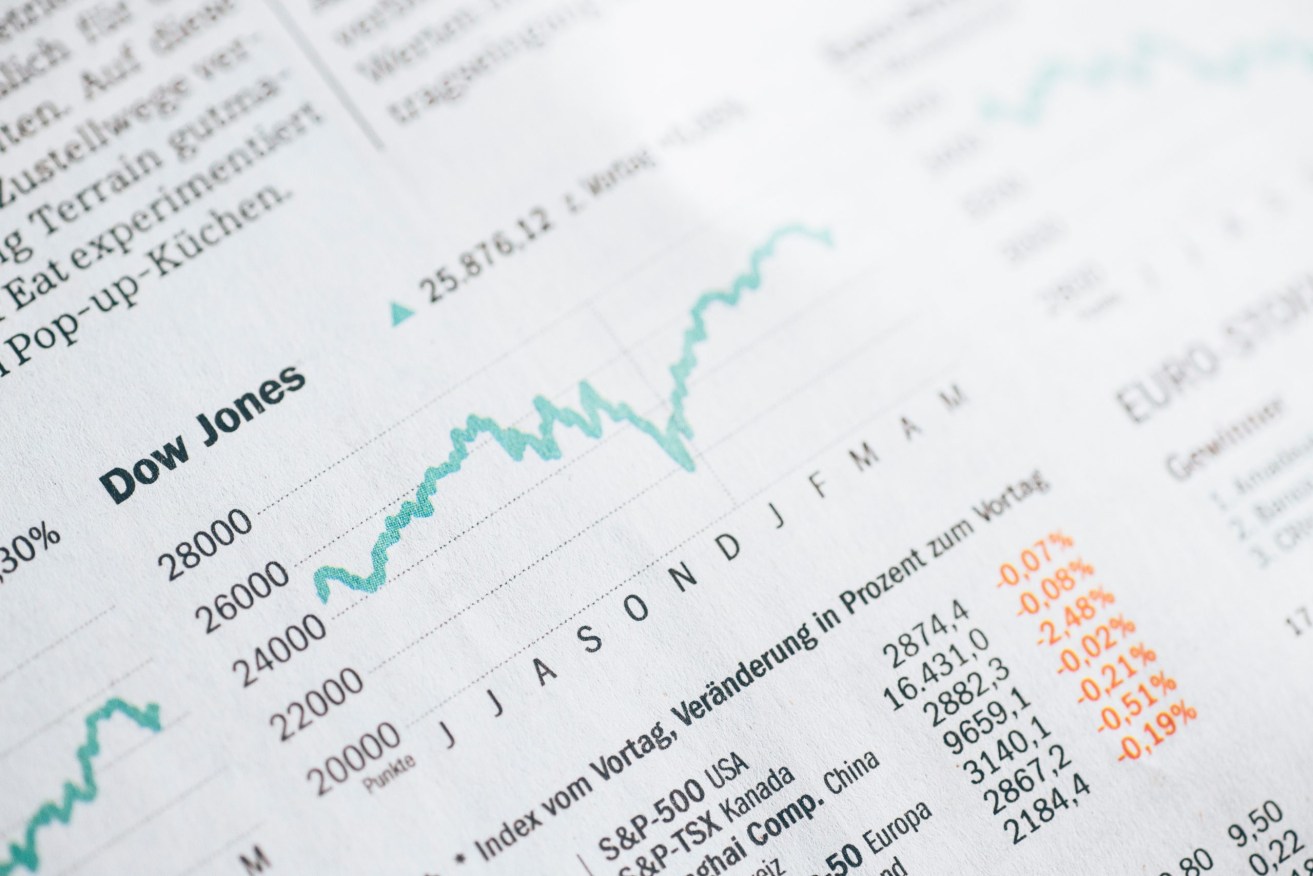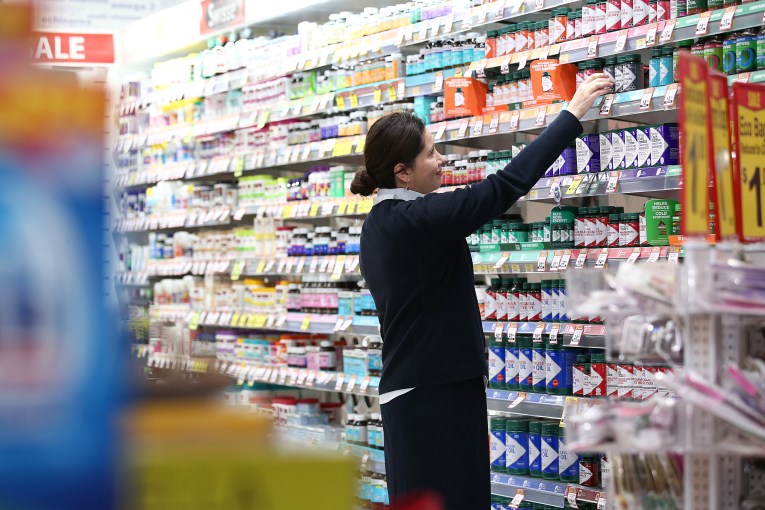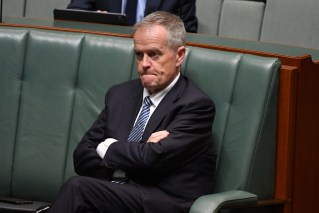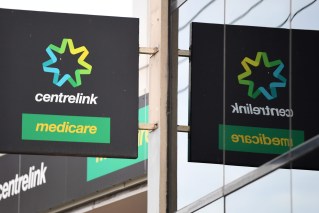So deflating: Falling prices are a danger sign for struggling economy
Australia has recorded its biggest deflationary drop in history with a fall of 1.9 per cent in the June quarter, according to the Australian Bureau of Statistics.


Deflation is not expected to last with forecasts tipping a reversal in September
It is only the third time Australia has recorded quarterly deflation.
Brisbane’s deflation was 2.2 per cent. Adelaide was the least affected at 1 per cent and Darwin the worst at 2.5 per cent.
The ABS said the issues affecting the Brisbane figures were a fall in automotive fuel of 19.2 per cent, electricity costs falling 14.8 per cent because of the Queensland Government rebate and pre-school and primary education which fell 11.7 per cent in term 2.
ABS chief economist Bruce Hockman said: it was the biggest quarterly fall in the 72-year history of the consumer price index.
The June quarter fall was mainly the result of free child care (-95.0 per cent), a significant fall in the price of automotive fuel (-19.3 per cent) and a fall in pre-school and primary education (-16.2 per cent), with free pre-school being provided in NSW, Victoria and Queensland.
Hockman said if these issues were excluded the CPI would have risen 0.1 per cent in the June quarter.”
While consumers may want to cheer the official falling of prices, deflation can have massive impacts on the economy because people will tend to stall purchasing decisions because a product will be cheaper next month. It also signals a contraction in the economy, however economists expect inflation to return later this year.
Many of the items which caused deflation, such as electricity costs and child care, were because of government rebates.
According to the ABS there were some notable price rises on the back of increased spending. These included cleaning and maintenance products (+6.2 per cent); other non-durable household products, which includes toilet paper (+4.5 per cent); furniture (+3.8 per cent); major household appliances (+3.0 per cent); and audio, visual and computing equipment (+1.8 per cent).
The annual inflation rate was -0.3 per cent in the year to the June 2020 quarter.
“Since 1949, this was only the third time annual inflation has been negative. The previous times were in 1962 and 1997-98,” Hockman said.
It would be a big disappointment for Reserve Bank of Australia (RBA) that had spent years struggling to bring inflation back into its target range of 2-3 per cent and has been improving with a 2.2 per cent reading in Q1.
Banks have helped push Australia’s share market slightly higher in early trade after the regulator eased restrictions around their dividend payouts.
The S&P/ASX200 benchmark index was higher by 15.6 points, or 0.26 per cent, at 6036.1 points after the first 30 minutes of trade on Wednesday.
The All Ordinaries index was higher by 12.3 points, or 0.20 per cent, at 6159.1.
Financials was the best performing sector, higher by 1.58 per cent, after the Australian Prudential Regulation Authority eased restrictions introduced in April amid the economic impact of the coronavirus-related lockdowns.
APRA said banks and insurers should still keep their dividend payout ratios below 50 per cent for the remainder of the calendar year.
ANZ had the biggest rise of the big four, up 2.77 per cent to $18.57. The Commonwealth Bank rose 1.84 per cent to $73.54, NAB climbed 2.4 per cent to $18.33 and Westpac was up 2.29 per cent to $17.86.
Westpac also said it is bringing 1,000 call centre jobs back to Australia from overseas to better support customers.
Materials was the worst-performing sector, down 0.72 per cent.












